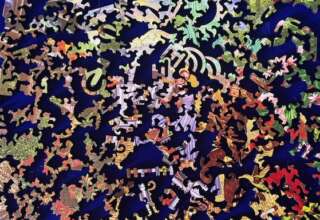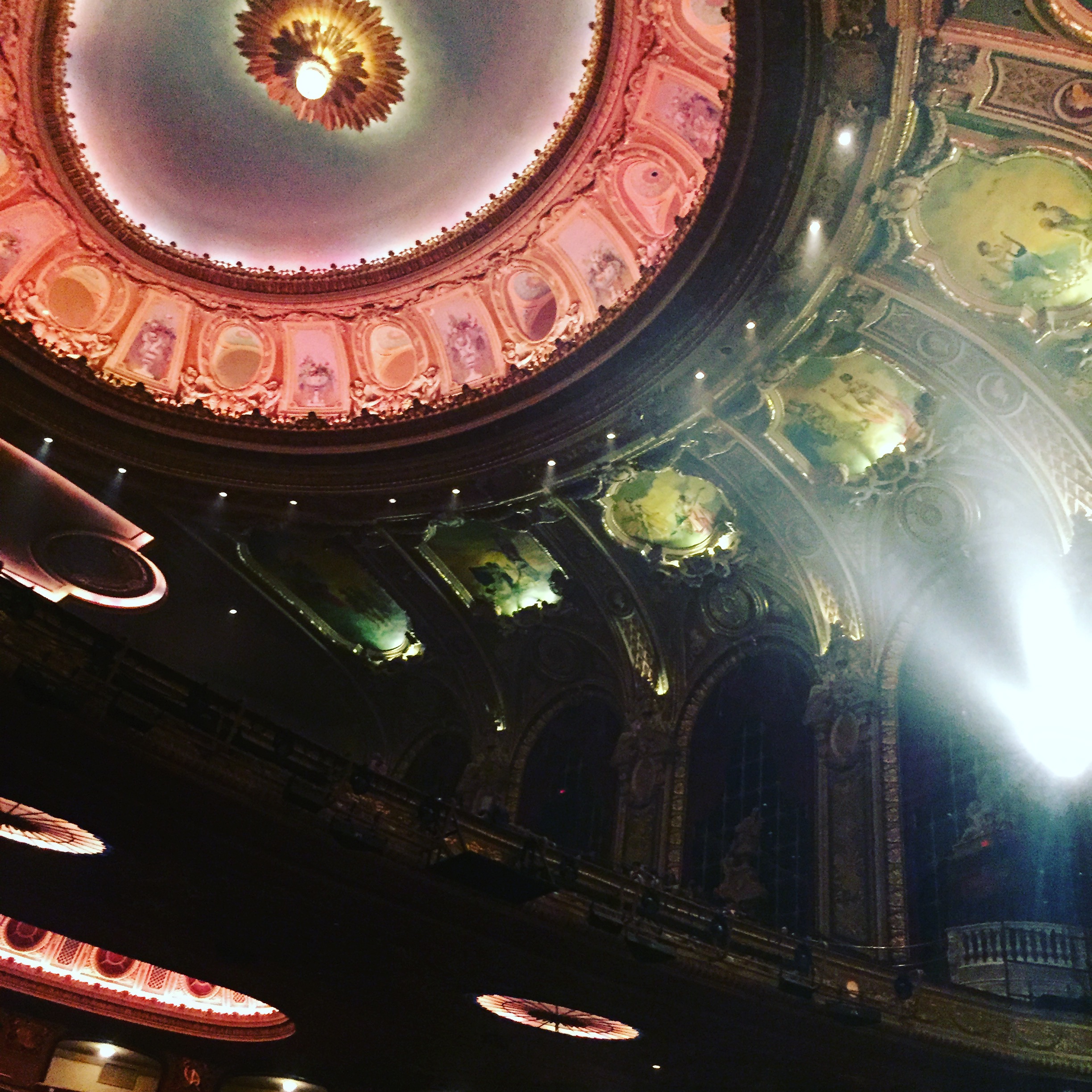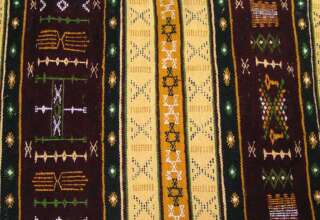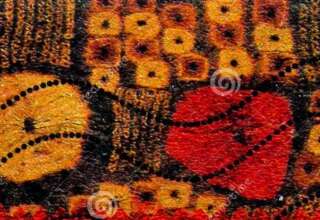
Sacred Leadership
As I noted in beginning this preliminary description of African leadership, there is not the traditional distinction between the sacred and secular. Sacred myth is interwoven with secular history. Sacred ceremonies and rituals inform the daily operations of African communities and the organizations operating in them. While in our Western world we try to deny that historical narratives are social constructions and believe that truth can be discovered through unbiased, scientific analysis, there is a recognition in Africa that the Western assessment might not be realistic. Myth and history are deeply embedded in one another: myth creates history and history creates myth. When we specifically look at leadership, there is a mythic narrative that is assigned to all leadership roles. The many different leaders in a community have all come to their roles of responsibility through some collective understanding and acceptance of a higher order (a “godly” design).
Born into Community
Just as we are born into an African community without individual identity and only gain this sense of identity (at the point of passage) having served the community well in our youth, so we come to a place of credibility as a leader by accepting and operating with integrity in an assigned role and position in our organization and community. Leadership need not be equated with either money, formal power or politics. This role can be as wide-ranging, for the offering of assistance to children or serving as an artist is viewed as a sacred, leading position in this community. It is as a container of diverse abilities that a community becomes empowering of all its members. Theory A leadership is founded on this commitment to inclusion and diversity. Somé (1999, p. 95) again provides us with insights:
Community can create a container for natural abilities that can find no place in a world defined by economics and consumerism [market exchange]–abilities such as artistic talent or shamanic gifts, healing skills and clairvoyance. These talents are widely recognized in indigenous communities because indigenous people assume that the artist is a priest or a priestess through whom the Other World finds an entrance into this world. If the priest or die priestess regards with reverence and humility the world where his or her art originates, then the work done become lasting and impressive. If not, the artist does not last very long. The artist as an artisan of the sacred can cooperate in bringing the sacred to birth in this world. Indigenous people believe that without artists, the tribal psyche would wither into death [social exchange].










Charly Wiliamse
August 16, 2021 at 10:23 pm
I have thought so many times of entering the blogging world as I love reading them. I think I finally have the courage to give it a try. Thank you so much for all of the ideas!
power bi course
December 7, 2021 at 7:29 am
Thanks for sharing information.